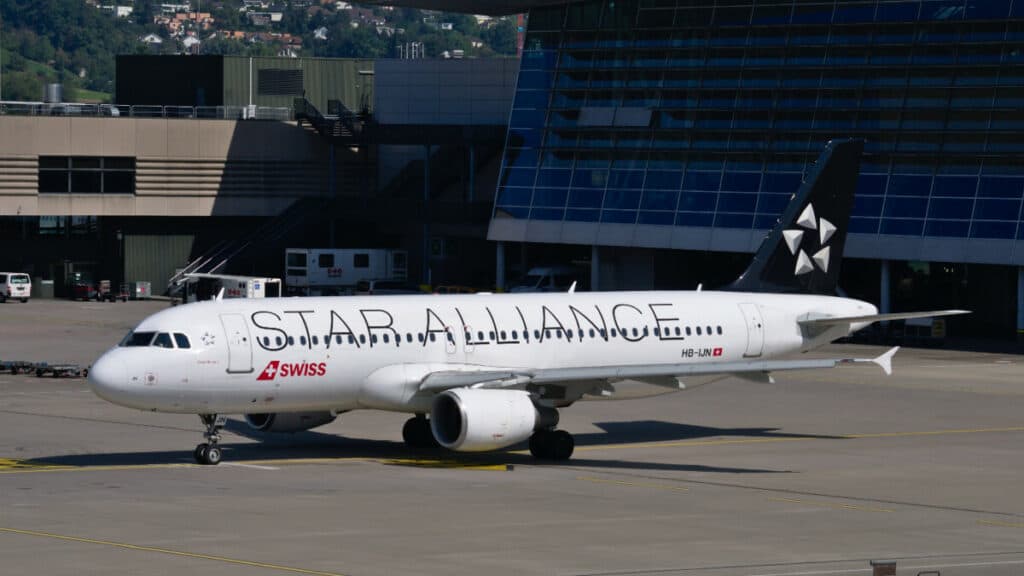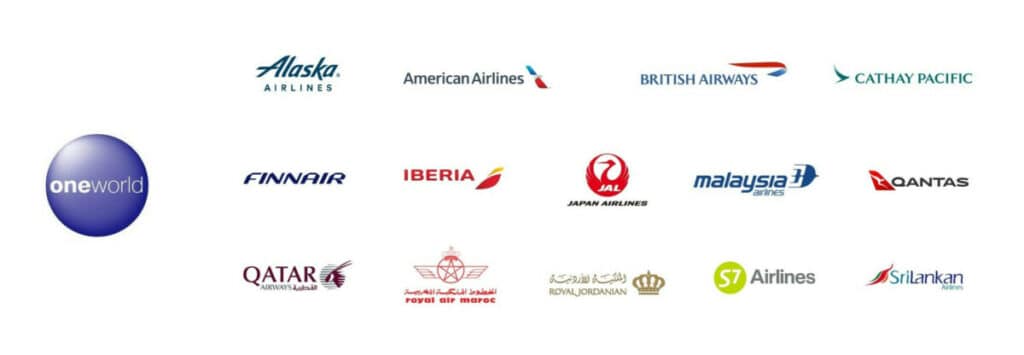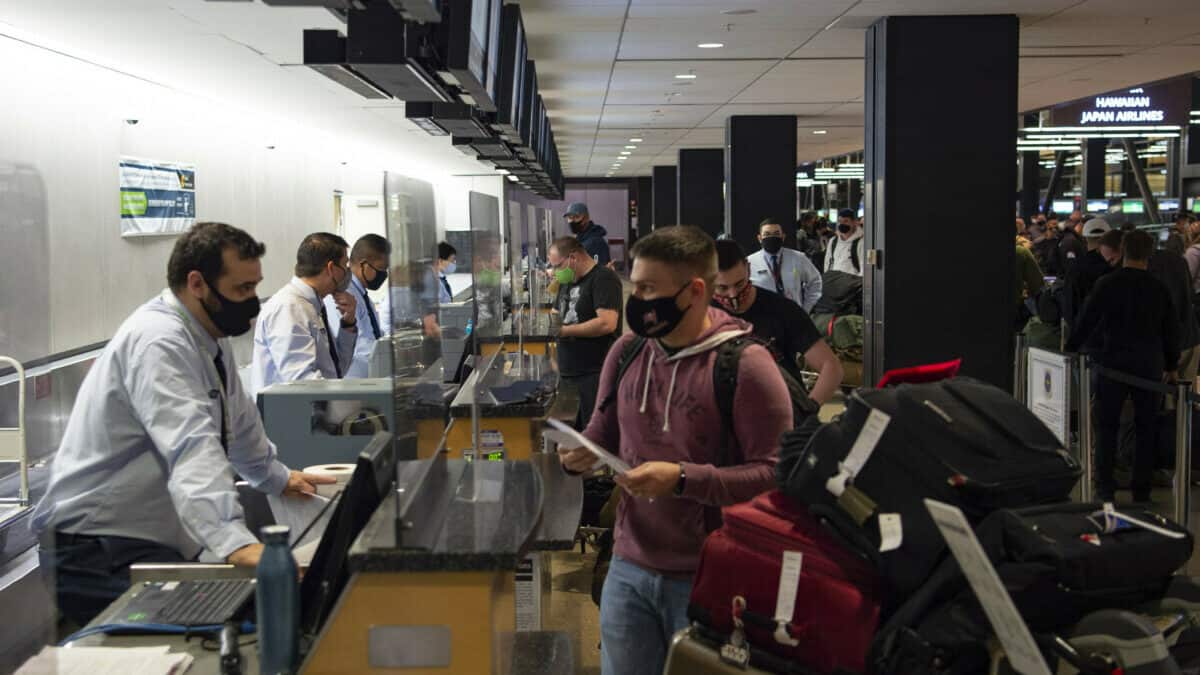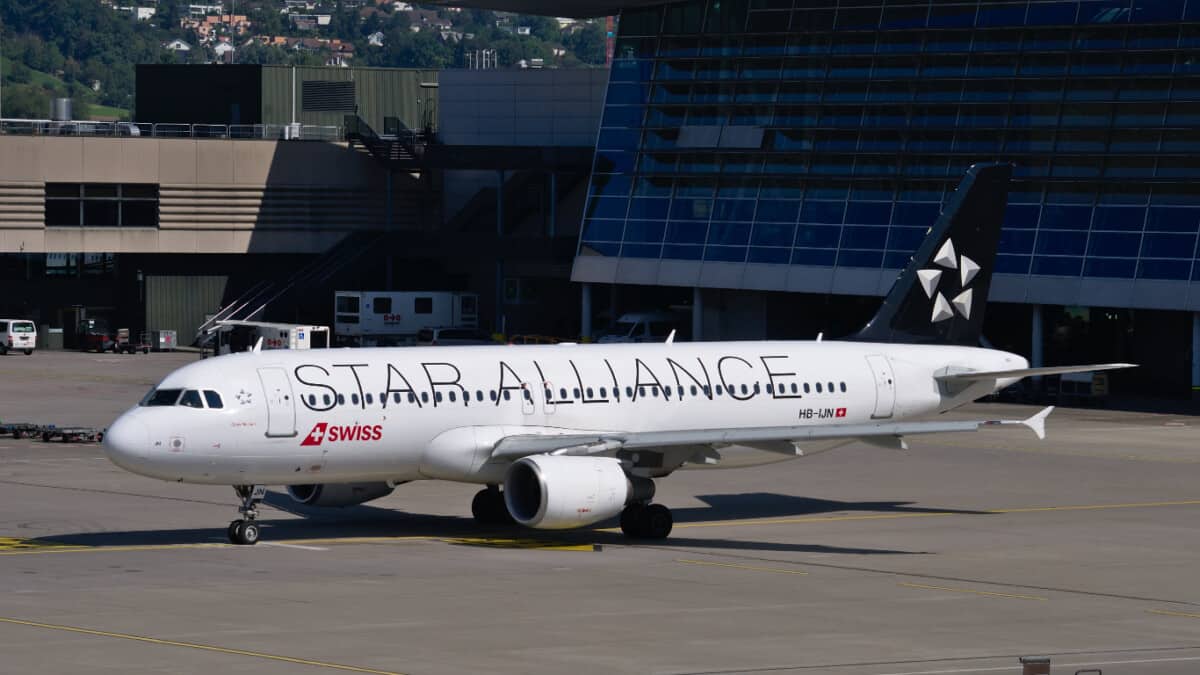
If you fly frequently, you may have heard that airlines are part of an ‘airline alliance’. Since the 1990s, these alliances have grown in considerable popularity. Today, virtually every major airline in the world is a member of an alliance – so it’s important to know what they are if you’re a passenger or working in the industry as they can offer you great benefits!
This article will explain what exactly an airline alliance is, what the three major alliances are, and what their ultimate purpose is to the industry. We’ll also explain some of the drawbacks of the alliances – and what the future may hold for them.
What is an Airline Alliance?
An airline alliance is a commercial cooperative arrangement between two or more airlines. This may include cooperation through marketing, providing benefits to each others’ passengers, pool resources, sharing partner routes, and allowing passengers to redeem ‘miles’ through cooperative reward programs.
Virtually every major airline in the world is part of an alliance (with a few notable exceptions such as Emirates and, until recently, Virgin Atlantic).
So, in basic terms it’s a way for airlines to benefit from one another to keep their aircraft flying and pass on savings to customers in the form of lower fares and benefits to frequent flier members.
What are the Major Airline Alliances?
There are Three Major Airline Alliances:
- Star Alliance
- Oneworld
- SkyTeam
There are also smaller airline alliances, including Vanilla Alliance, U-FLY Alliance, and Value Alliance.
Star Alliance

Star Alliance was founded in 1997 by Air Canada, Lufthansa, United Airlines, Scandinavian Airlines, and Thai Airways. It is currently the largest alliance in the world, boasting a total of 27 members. Based in Frankfurt, Germany, its members include international airlines such as its original founders, Air China, and Air New Zealand.
Its slogan is “The Way the Earth Connects”.
SkyTeam

SkyTeam was founded in 2000 as a partnership between Air France, Korean Air, Aeroméxico, and Delta Air Lines. Boasting a total of 18 airlines, the alliance has an impressive membership base including its founders, KLM Royal Dutch Airlines, Korean Air, and Delta Air Lines.
Its slogan is “Caring more about you”.
Oneworld

Oneworld was founded in 1999 by Qantas, Cathay Pacific, Canadian Airlines, British Airways, and American Airlines. With a total of 15 airlines, it is the smallest of the three alliances but still has an impressive membership base – boasting members such as its founders (except for Canadian Airlines, which merged with Air Canada), Alaska Airlines, Fiji Airways, Malaysian Airlines, Sri Lankan Airlines, and Qatar Airways.
Its slogan is “Travel Bright”.
Learn More…
Try These Articles:
* Boeing 737-Max Lawsuits: All You Need to Know!
* A Pilot’s Flight Bag – What is in there?
What is the Purpose of an Airline Alliance?
An airline alliance helps member airlines grow and market their business while taking advantage of commercial opportunities normally out of their reach through partnerships with other reputable airline companies. Centralized customer relations, codesharing, and rewards programs are commonly shared.
Centralized Customer Relations
A key purpose of joining the alliance is the centralization of service. Passengers flying various airlines can experience major frustrations if something goes wrong, especially when two separate airlines do not communicate with one another.

An airline alliance allows for seamless communication between the various airlines that passengers fly with, providing a customer relations specialist able to fix, rebook or adjust an itinerary if something goes wrong.
When passengers have had flights cancelled the centralized service gives the customer service agents access to all flights of the airlines within the alliance to get that passenger re-booked. This has been one of the biggest advantages to passengers since alliances were formed.
Codesharing
Another purpose of an airline alliance is to allow airlines to take advantage of codesharing arrangements. If you’ve ever hopped on a plane and looked at your itinerary, you may have noticed that your flight is being operated by a completely different airline than the one that you booked with. That’s usually because the airline you booked with and the airline you’re flying with are codesharing with one another.
Codesharing is essentially a marketing arrangement where an airline places its own designator code on a flight operated by another and sells tickets for that flight. It may seem bizarre, but airlines benefit greatly from the arrangement.
This is because codesharing allows airlines to sell tickets to destinations they don’t fly to. Therefore, it allows them to offer flights without incurring the costs of additional resources. This is also beneficial to passengers, who can gain access to a larger number of flights and destinations.
Airlines do not have to be in an alliance in order to codeshare, but many airlines in the same alliance will do so.

Join My Newsletter & Get Great Tips, Information and Experiences To Help You Become a Superb Pilot!
Rewards
Airlines that co-operate with other airlines in the alliance are able to market a larger number of points and miles to their customers.
While there is no ‘Star Alliance loyalty program’ or ‘Oneworld frequent flyer club’, members of an airline will usually offer the ability to redeem miles from another airline if they are both part of the same alliance. For example, passengers who accrue miles on Flying Blue (Air France and KLM’s loyalty program) can redeem those miles on Delta Airlines (who are all part of Skyteam).
Do Airline Alliances Benefit the Airline or Passengers or Both?
Airlines can take advantage of a range of commercial benefits from shared customer relations, marketing, and codesharing arrangements. While passengers can enjoy the benefits of redeeming flyer points, seamless flight connections, and a greater number of destinations.
In this way, alliances really do offer a win-win scenario to both airline companies and passengers.
Are there Any Disadvantages of Airline Alliances?
Despite their benefits, there are drawbacks to airline alliances for the industry. These disadvantages spread to passengers and airlines (especially airlines that are not members of an alliance). These include:
- Loss of Routes – Airlines who aren’t part of an alliance may feel pressured to entirely abandon routes since they cannot compete with a larger, more powerful, airline alliance – which may dominate specific routes.
- Potentially Increased Ticket Prices – Although sometimes ticket prices drop because operational costs reduce, airlines in alliances do have the power to increase prices because they are members of the same alliances. Domination over specific routes can give them monopolistic-like power, allowing them to raise prices without fear of losing passengers. The Economist has referred to alliances as “price-fixing cartels”.
- Risk of Prosecution – Airlines who join alliances are at risk of allegations that they are violating antitrust or anticompetition rules throughout the world. In September 2021, the U.S. Department of Justice commenced proceedings against American Airlines and JetBlue Airways in a bid to stop them from entering into a partnership known as the ‘Northeast Alliance’. They alleged the cooperation would cause “hundreds of millions of dollars in harm to air passengers”. The litigation in that matter is ongoing.
- Control – Emirates has deliberately not joined alliances, with its CEO saying that the airline was not interested in being subjected to a board – calling alliances the “old way” of doing things.
What are the Future of Global Airline Alliances?
Alliances aren’t going away anytime soon. The organizations are increasing their membership, with Virgin Atlantic announcing in September 2022 that they would join SkyTeam
There are challenges to come, with Oneworld CEO saying that “everything has changed” – and that the focus must be brought back on the customer. We may therefore see alliances changing the way they operate in the years to come.
Learn More…
Try These Articles:
* How Are Airplanes Tested & Certified?
* Why Can’t Cellphones Be Used In Airplanes?


